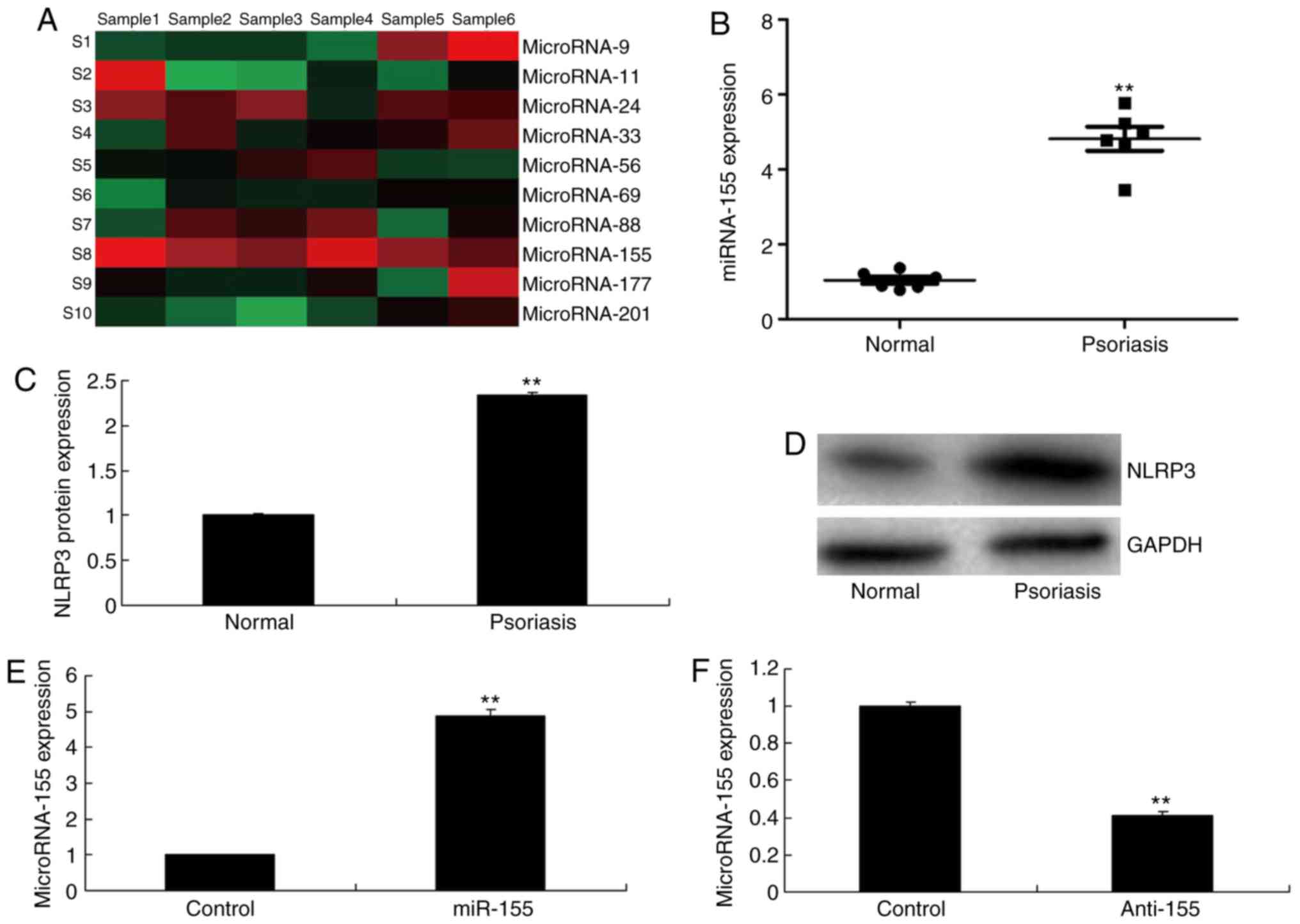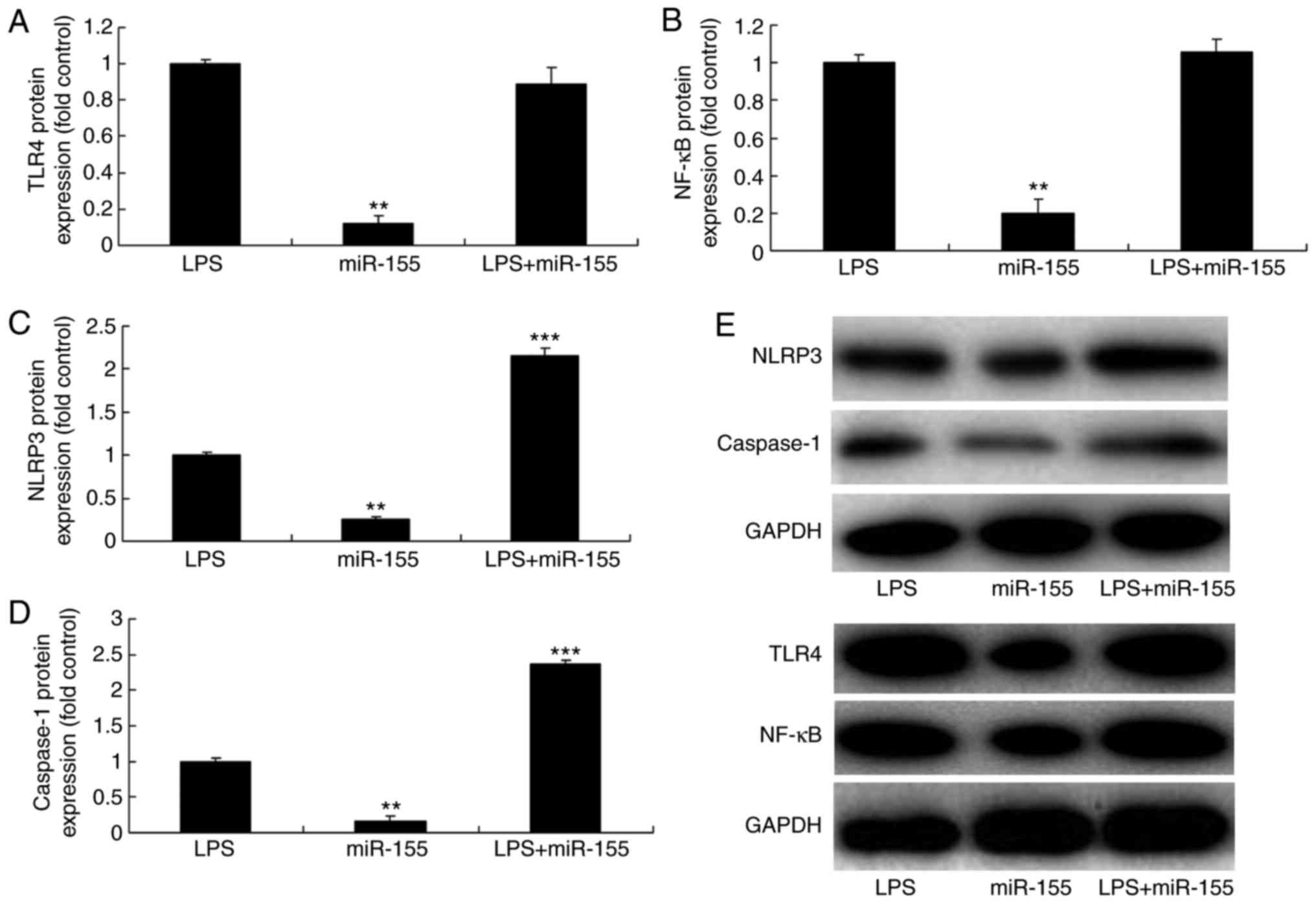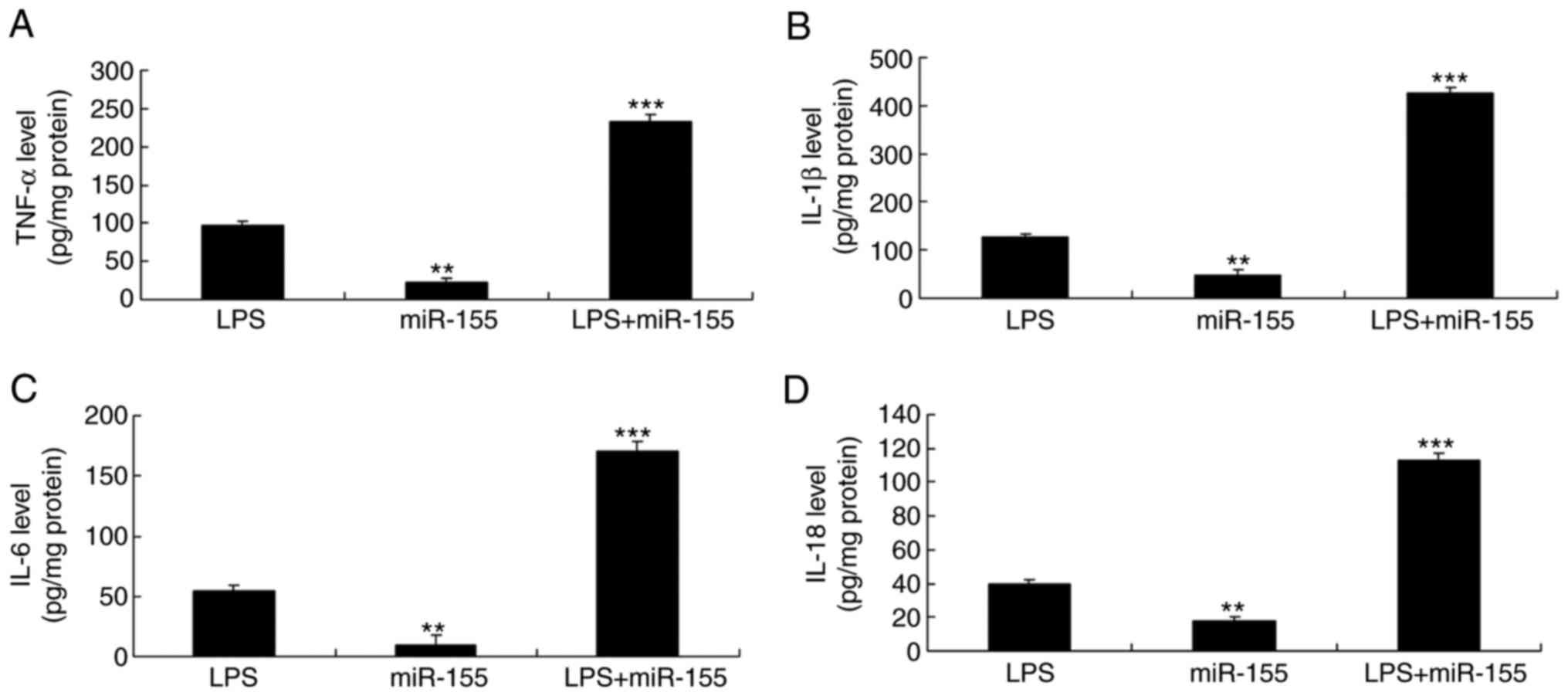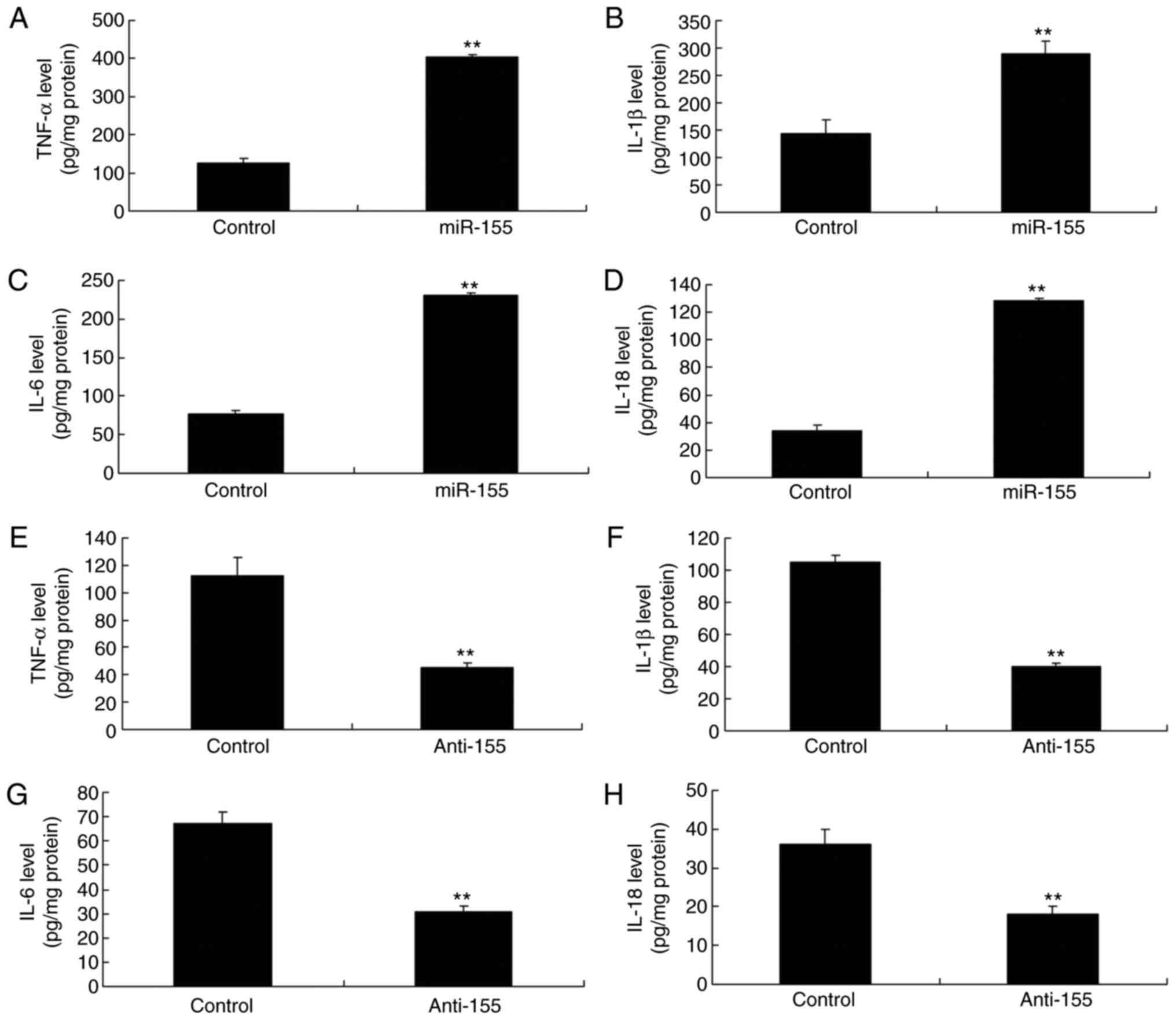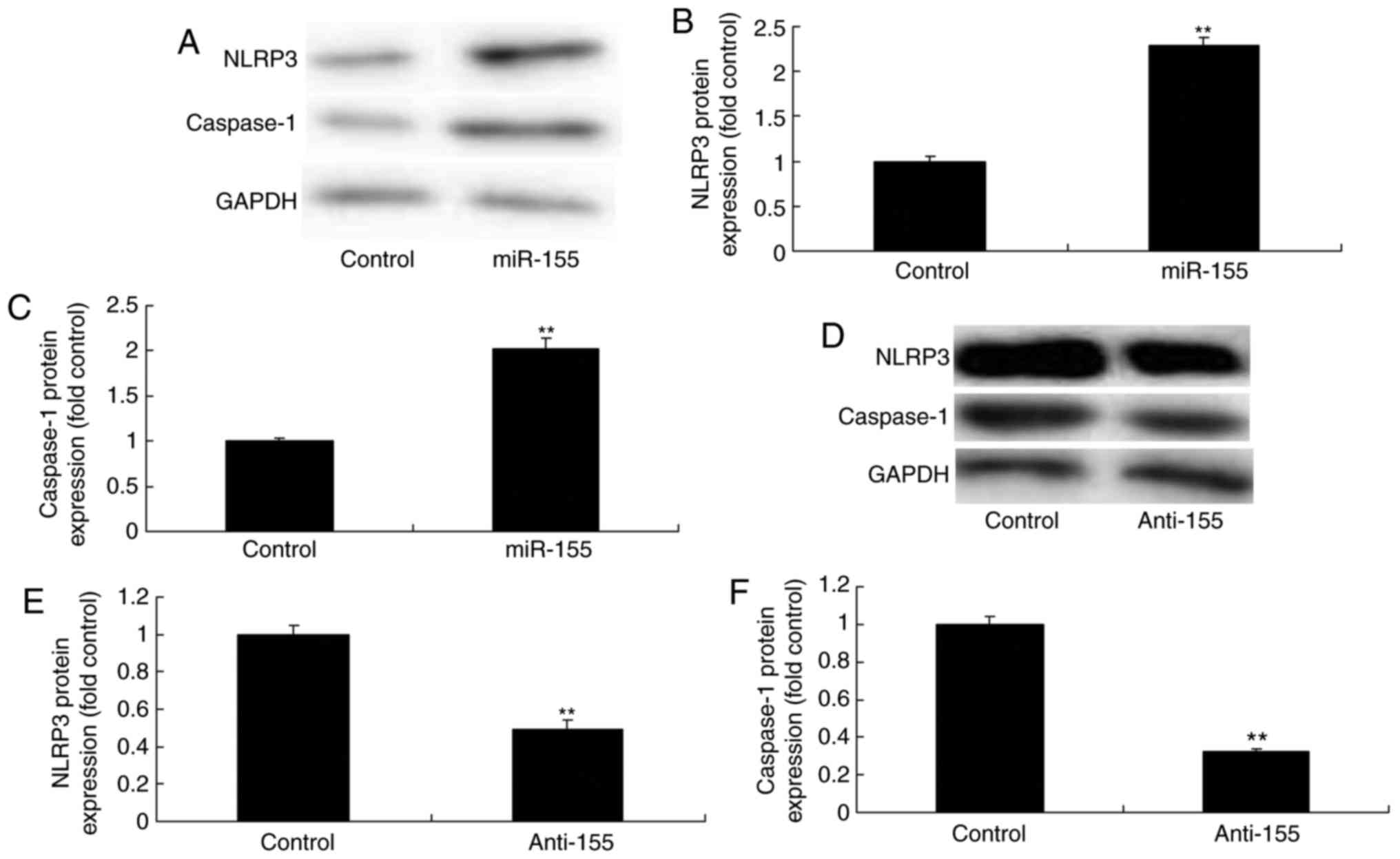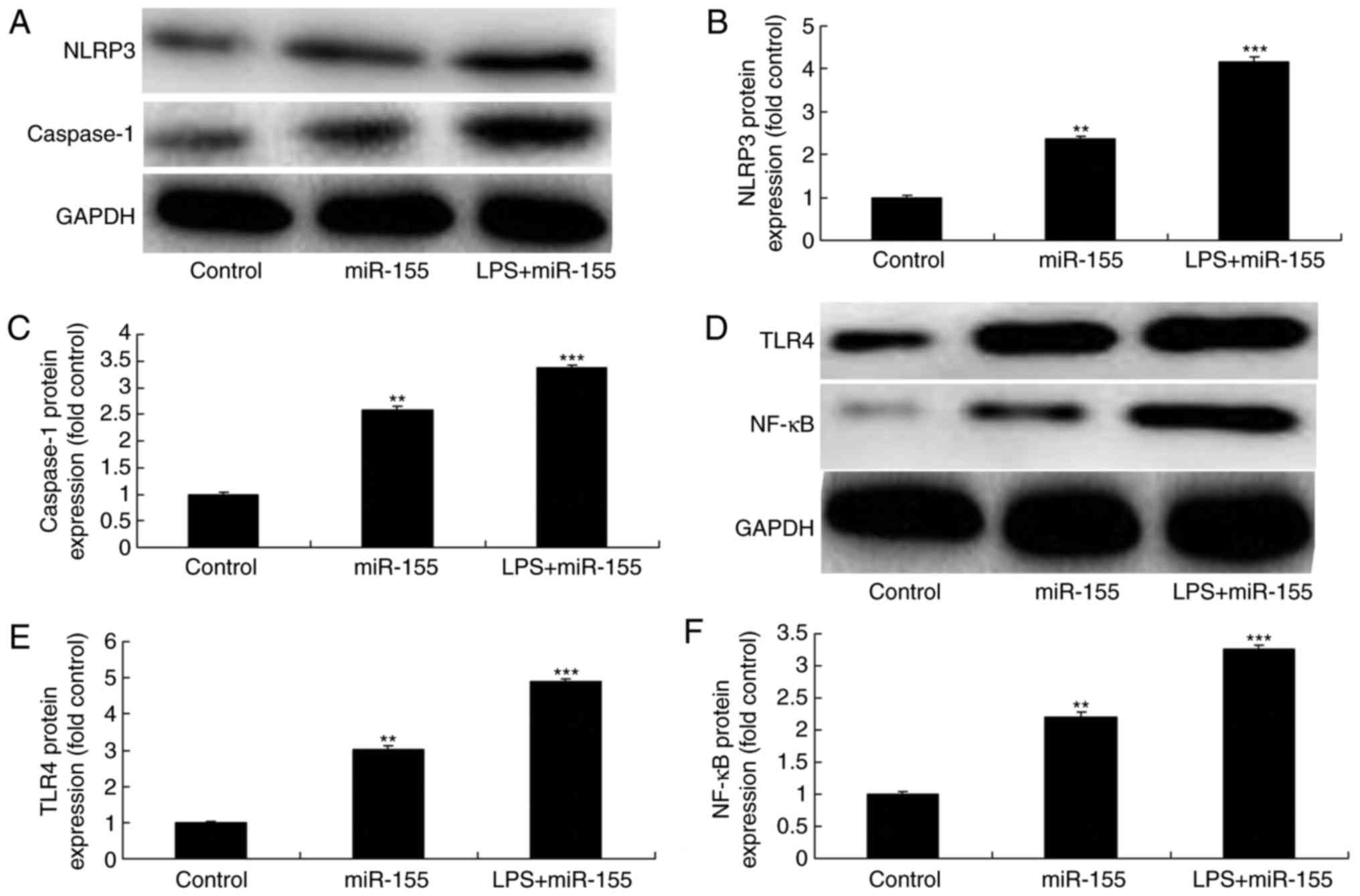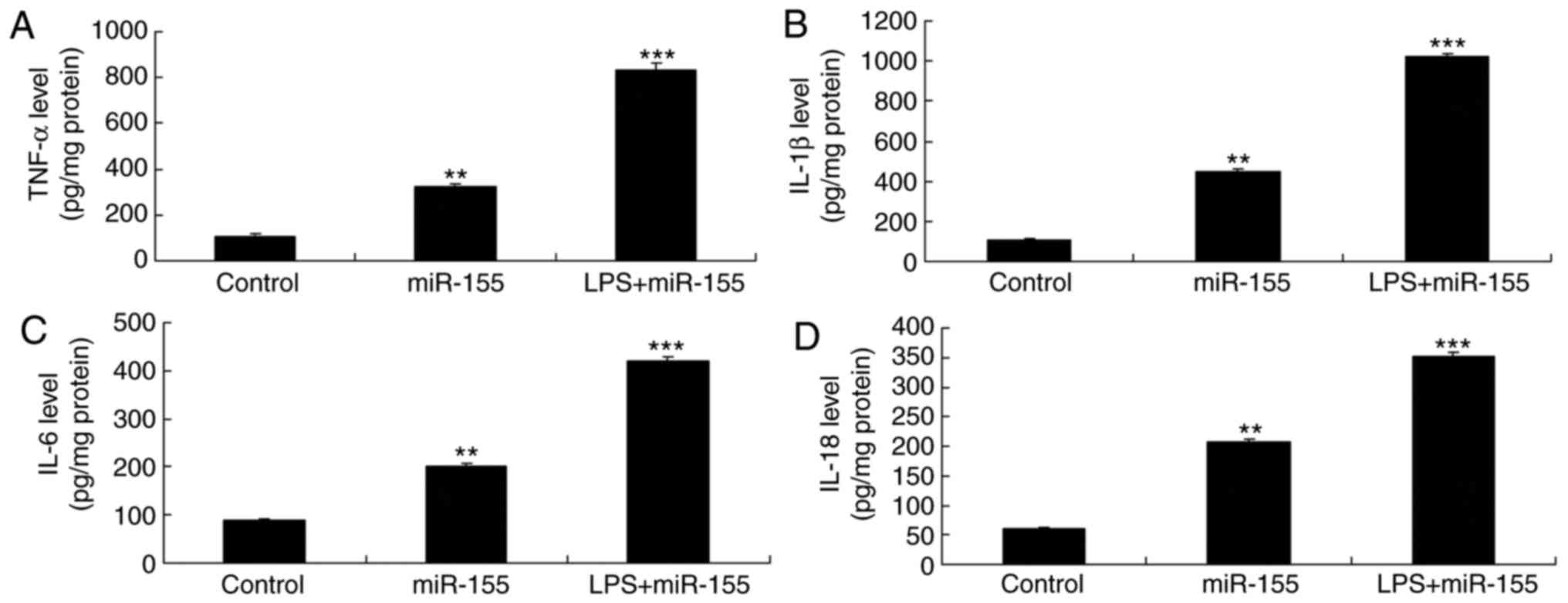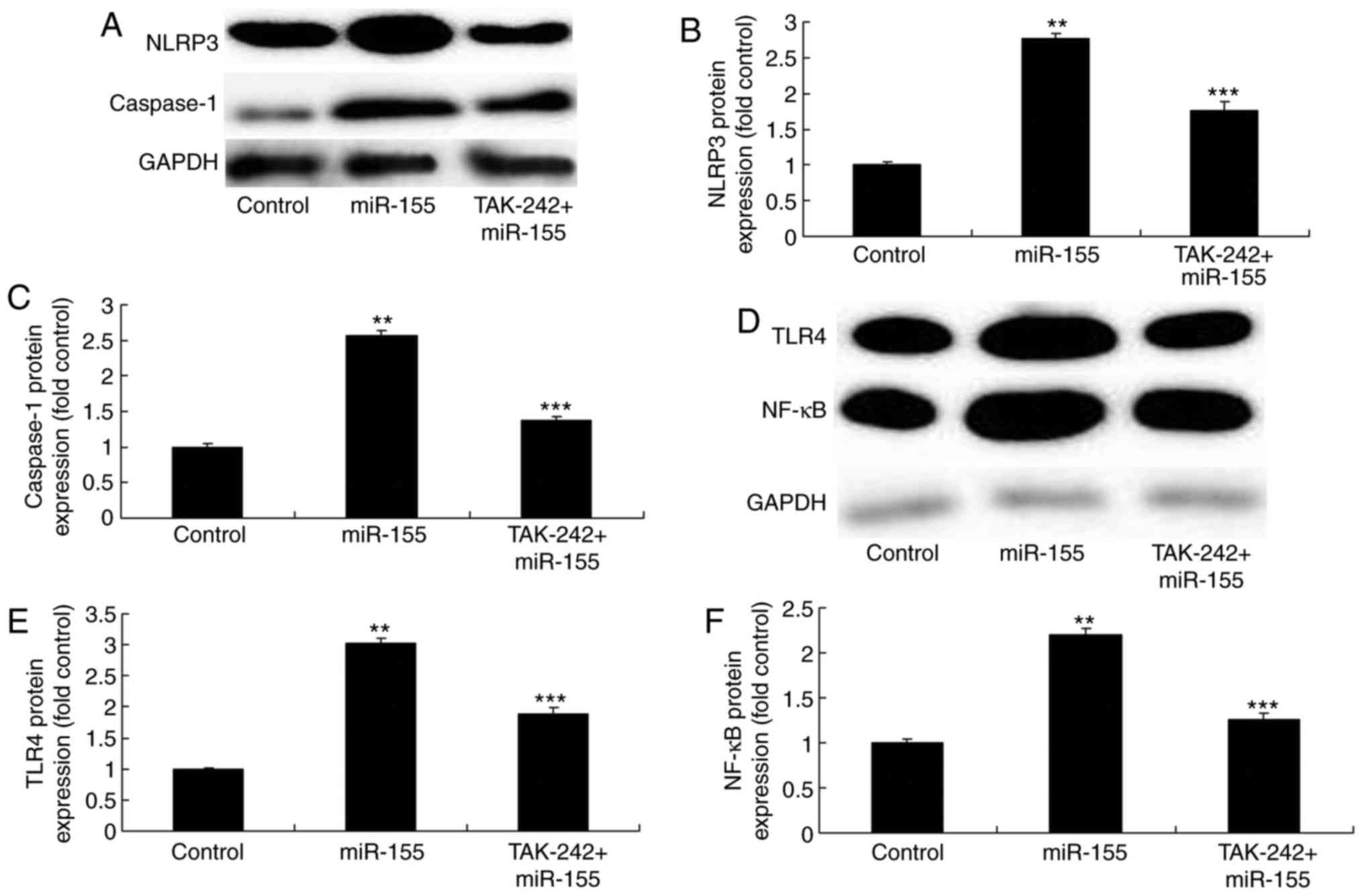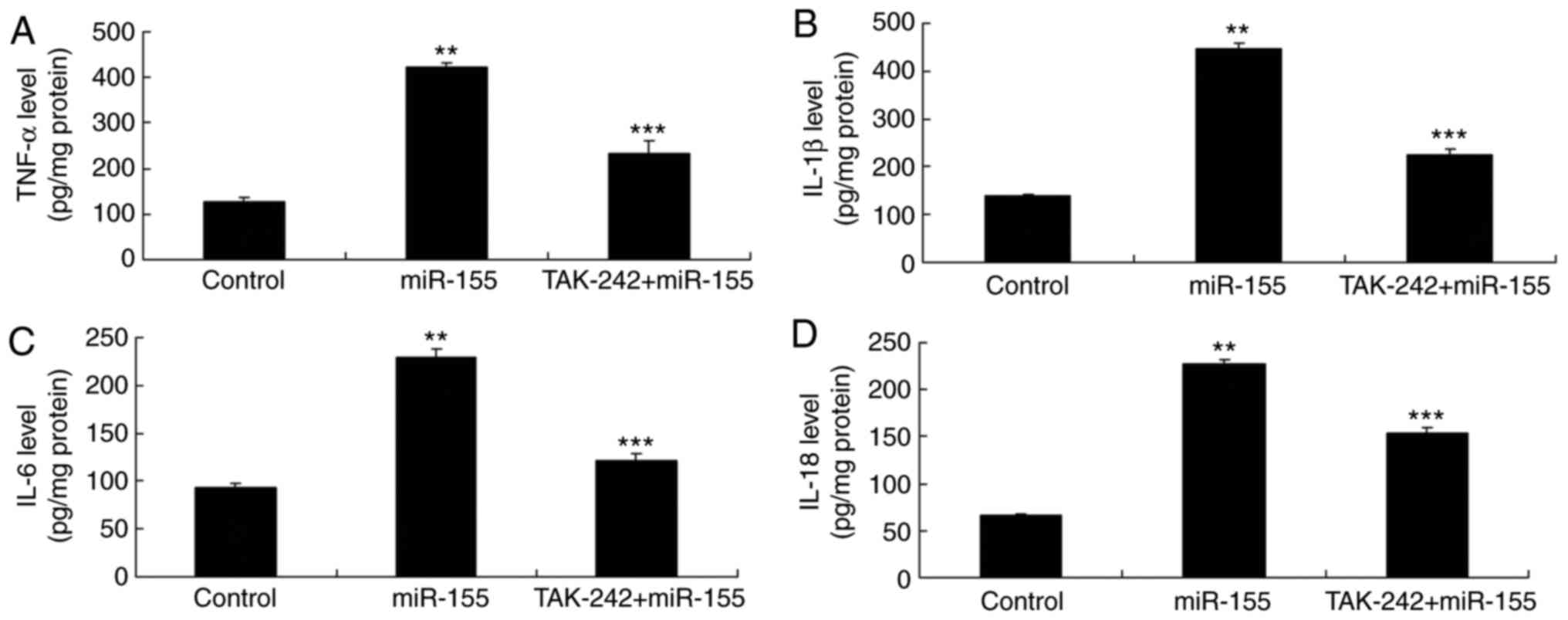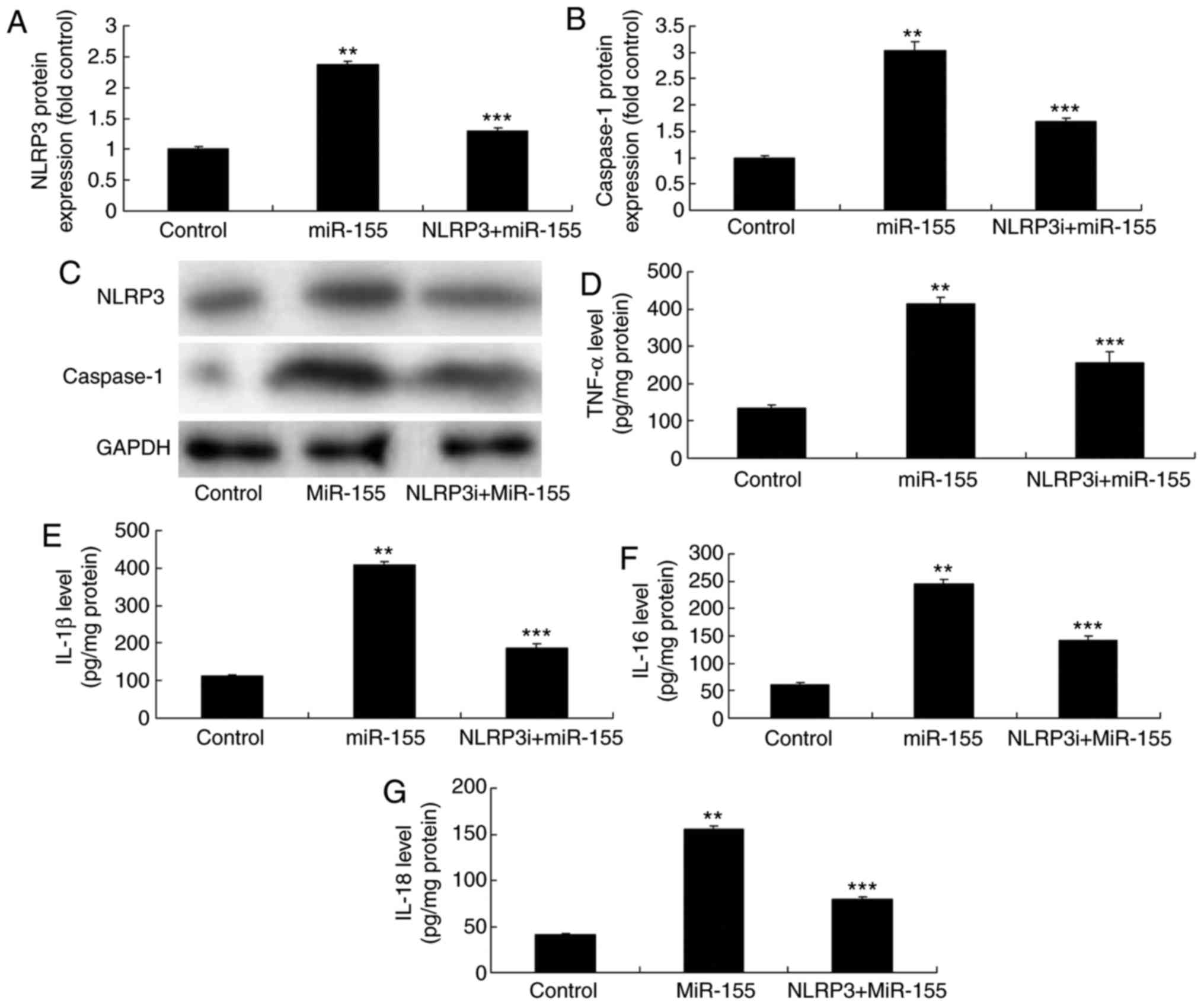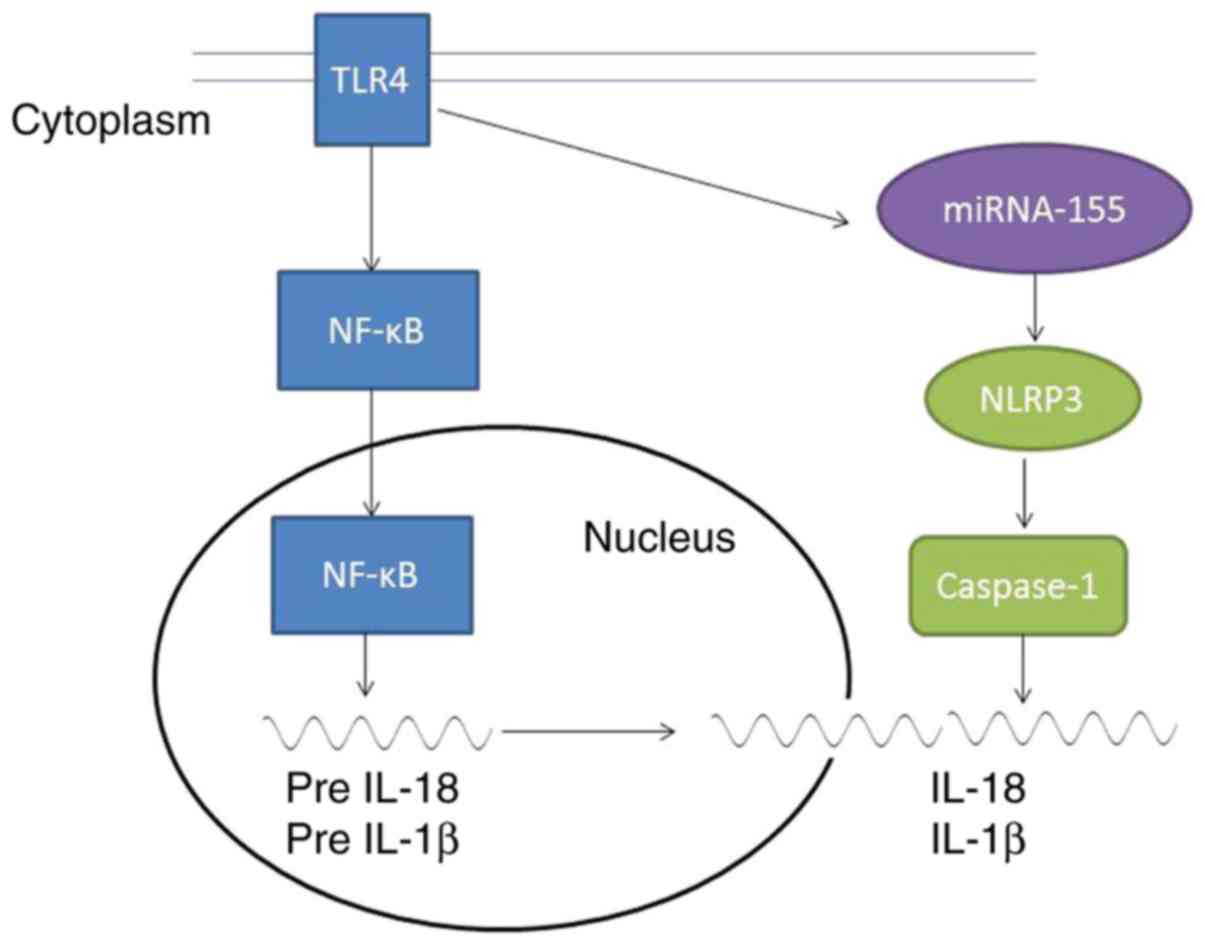|
1
|
Reich K, Armstrong AW, Foley P, Song M,
Wasfi Y, Randazzo B, Li S, Shen YK and Gordon KB: Efficacy and
safety of gusel-kumab, an anti-interleukin-23 monoclonal antibody,
compared with adalimumab for the treatment of patients with
moderate to severe psoriasis with randomized withdrawal and
retreatment: Results from the phase III, double-blind, placebo- and
active comparator-controlled VOYAGE 2 trial. J Am Acad Dermatol.
76:418–431. 2017. View Article : Google Scholar : PubMed/NCBI
|
|
2
|
Balak DM, van Doorn MB, Arbeit RD,
Rijneveld R, Klaassen E, Sullivan T, Brevard J, Thio HB, Prens EP,
Burggraaf J and Rissmann R: IMO-8400, a toll-like receptor 7, 8,
and 9 antagonist, demonstrates clinical activity in a phase 2a,
randomized, placebo-controlled trial in patients with
moderate-to-severe plaque psoriasis. Clin Immunol. 174:63–72. 2017.
View Article : Google Scholar
|
|
3
|
Hayashi M, Umezawa Y, Fukuchi O, Ito T,
Saeki H and Nakagawa H: Efficacy and safety of ustekinumab
treatment in elderly patients with psoriasis. J Dermatol.
41:974–980. 2014. View Article : Google Scholar : PubMed/NCBI
|
|
4
|
Zhao L, Chen X, Cai L, Zhang C, Wang Q,
Jing S, Chen G, Li J, Zhang J and Fang Y: Randomized, double-blind,
placebo-controlled, multiple-dose study of the safety, tolerability
and pharmacokinetics of benvitimod, a candidate drug for the
treatment of psoriasis. J Clin Pharm Ther. 39:418–423. 2014.
View Article : Google Scholar : PubMed/NCBI
|
|
5
|
Yao DN, Lu CJ, Wen ZH, Yan YH, Xuan ML, Li
XY, Li G, He ZH, Xie XL, Deng JW, et al: Oral PSORI-CM01, a Chinese
herbal formula, plus topical sequential therapy for
moderate-to-severe psoriasis vulgaris: Pilot study for a
double-blind, randomized, placebo-controlled trial. Trials.
17:1402016. View Article : Google Scholar : PubMed/NCBI
|
|
6
|
Liu Q, Wu DH, Han L, Deng JW, Zhou L, He
R, Lu CJ and Mi QS: Roles of microRNAs in psoriasis: Immunological
functions and potential biomarkers. Exp Dermatol. 26:359–367. 2017.
View Article : Google Scholar
|
|
7
|
Li Y, Su J, Li F, Chen X and Zhang G:
miR-150 regulates human keratinocyte proliferation in hypoxic
conditions through targeting HIF-1alpha and VEGFA: Implications for
psoriasis treatment. PLoS One. 12:e01754592017. View Article : Google Scholar
|
|
8
|
Yu X, An J, Hua Y, Li Z, Yan N, Fan W and
Su C: MicroRNA-194 regulates keratinocyte proliferation and
differentiation by targeting Grainyhead-like 2 in psoriasis. Pathol
Res Pract. 213:89–97. 2017. View Article : Google Scholar : PubMed/NCBI
|
|
9
|
Dupaul-Chicoine J, Arabzadeh A, Dagenais
M, Douglas T, Champagne C, Morizot A, Rodrigue-Gervais IG, Breton
V, Colpitts SL, Beauchemin N and Saleh M: The Nlrp3 inflammasome
suppresses colorectal cancer metastatic growth in the liver by
promoting natural killer cell tumoricidal activity. Immunity.
43:751–763. 2015. View Article : Google Scholar : PubMed/NCBI
|
|
10
|
Orlowski GM, Sharma S, Colbert JD, Bogyo
M, Robertson SA, Kataoka H, Chan FK and Rock KL: Frontline science:
Multiple cathepsins promote inflammasome-independent,
particle-induced cell death during NLRP3-dependent IL-1β
activation. J Leukoc Biol. 102:7–17. 2017. View Article : Google Scholar : PubMed/NCBI
|
|
11
|
Yuan C, Liu C, Wang T, He Y, Zhou Z, Dun
Y, Zhao H, Ren D, Wang J, Zhang C and Yuan D: Chikusetsu saponin
IVa ameliorates high fat diet-induced inflammation in adipose
tissue of mice through inhibition of NLRP3 inflammasome activation
and NF-kappaB signaling. Oncotarget. 8:31023–31040. 2017.PubMed/NCBI
|
|
12
|
Livak KJ and Schmittgen TD: Analysis of
relative gene expression data using real-time quantitative PCR and
the 2(−Delta Delta C(T)) method. Methods. 25:402–408. 2001.
View Article : Google Scholar
|
|
13
|
Maegdefessel L, Spin JM, Raaz U, Eken SM,
Toh R, Azuma J, Adam M, Nakagami F, Heymann HM, Chernogubova E, et
al: Erratum: miR-24 limits aortic vascular inflammation and murine
abdominal aneurysm development. Nat Commun. 6:65062015. View Article : Google Scholar : PubMed/NCBI
|
|
14
|
Huang L, Cao J, Cao L, Gao L, Yang Y and
Xu L: Puerarin induces cell apoptosis in human chondrosarcoma cell
line SW1353 via inhibition of the PI3K/Akt signaling pathway. Oncol
Lett. 14:5585–5590. 2017.PubMed/NCBI
|
|
15
|
Bala S, Csak T, Saha B, Zatsiorsky J,
Kodys K, Catalano D, Satishchandran A and Szabo G: The
pro-inflammatory effects of miR-155 promote liver fibrosis and
alcohol-induced steatohepatitis. J Hepatol. 64:1378–1387. 2016.
View Article : Google Scholar : PubMed/NCBI
|
|
16
|
Gottlieb A, Sullivan J, van Doorn M,
Kubanov A, You R, Parneix A, Hugot S and Milutinovic M: Secukinumab
shows significant efficacy in palmoplantar psoriasis: Results from
GESTURE, a randomized controlled trial. J Am Acad Dermatol.
76:70–80. 2017. View Article : Google Scholar
|
|
17
|
Zhao M, Wang LT, Liang GP, Zhang P, Deng
XJ, Tang Q, Zhai HY, Chang CC, Su YW and Lu QJ: Up-regulation of
microRNA-210 induces immune dysfunction via targeting FOXP3 in
CD4(+) T cells of psoriasis vulgaris. Clin Immunol. 150:22–30.
2014. View Article : Google Scholar
|
|
18
|
Obora K, Onodera Y, Takehara T, Frampton
J, Hasei J, Ozaki T, Teramura T and Fukuda K: Inflammation-induced
miRNA-155 inhibits self-renewal of neural stem cells via
suppression of CCAAT/enhancer binding protein β (C/EBPβ)
expression. Sci Rep. 7:436042017. View Article : Google Scholar
|
|
19
|
Hoyt LR, Randall MJ, Ather JL, DePuccio
DP, Landry CC, Qian X, Janssen-Heininger YM, van der Vliet A, Dixon
AE, Amiel E and Poynter ME: Mitochondrial ROS induced by chronic
ethanol exposure promote hyper-activation of the NLRP3
inflammasome. Redox Biol. 12:883–896. 2017. View Article : Google Scholar : PubMed/NCBI
|
|
20
|
Lv Z, Wei Z, Zhang Z, Li C, Shao Y, Zhang
W, Zhao X, Li Y, Duan X and Xiong J: Characterization of NLRP3-like
gene from Apostichopus japonicus provides new evidence on
inflammation response in invertebrates. Fish Shellfish Immunol.
68:114–123. 2017. View Article : Google Scholar : PubMed/NCBI
|
|
21
|
Carlström M, Ekman AK, Petersson S,
Söderkvist P and Enerbäck C: Genetic support for the role of the
NLRP3 inflammasome in psoriasis susceptibility. Exp Dermatol.
21:932–937. 2012. View Article : Google Scholar : PubMed/NCBI
|
|
22
|
Irrera N, Vaccaro M, Bitto A, Pallio G,
Pizzino G, Lentini M, Arcoraci V, Minutoli L, Scuruchi M, Cutroneo
G, et al: BAY 11-7082 inhibits the NF-kappaB and NLRP3 inflammasome
pathways and protects against IMQ-induced psoriasis. Clin Sci
(Lond). 131:487–498. 2017. View Article : Google Scholar
|
|
23
|
Artlett CM, Sassi-Gaha S, Hope JL,
Feghali-Bostwick CA and Katsikis PD: mir-155 is overexpressed in
systemic sclerosis fibroblasts and is required for NLRP3
inflammasome-mediated collagen synthesis during fibrosis. Arthritis
Res Ther. 19:1442017. View Article : Google Scholar : PubMed/NCBI
|















